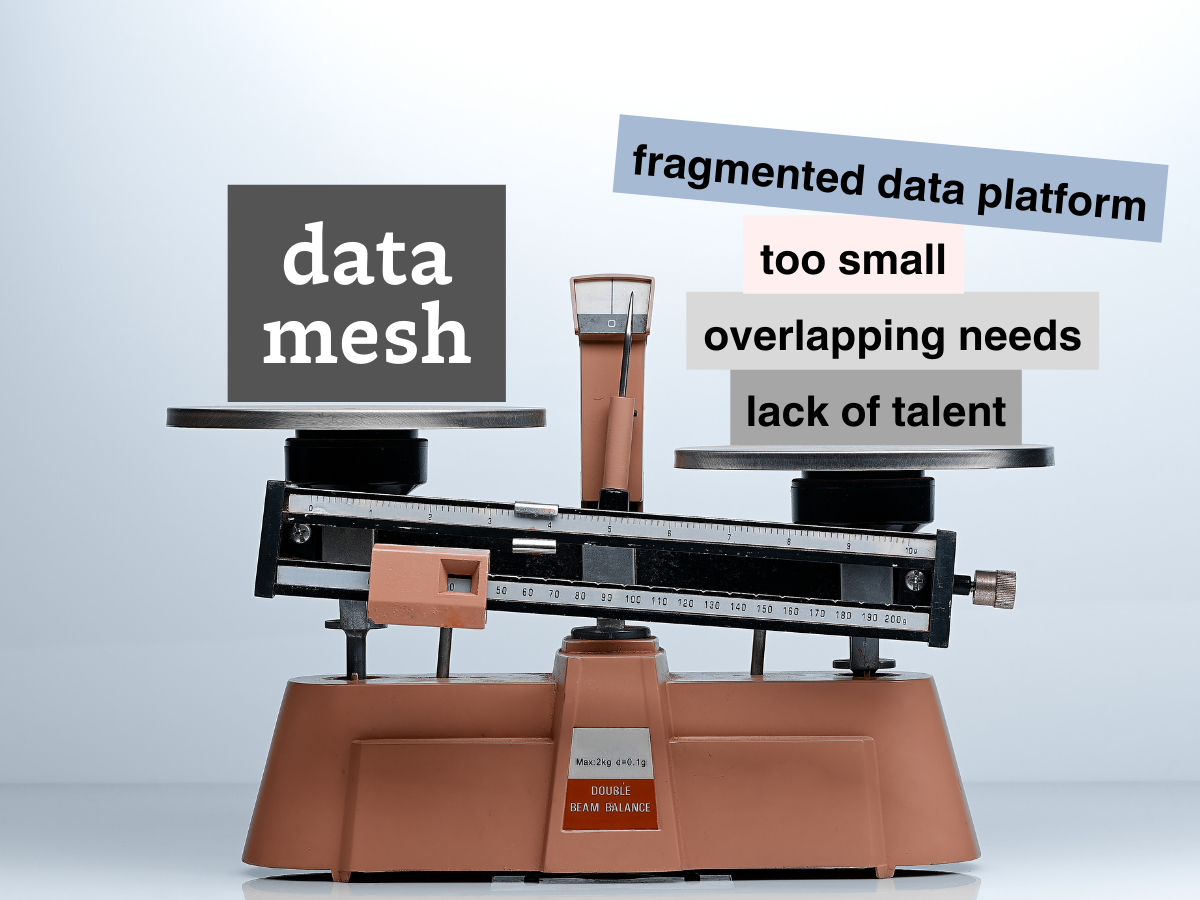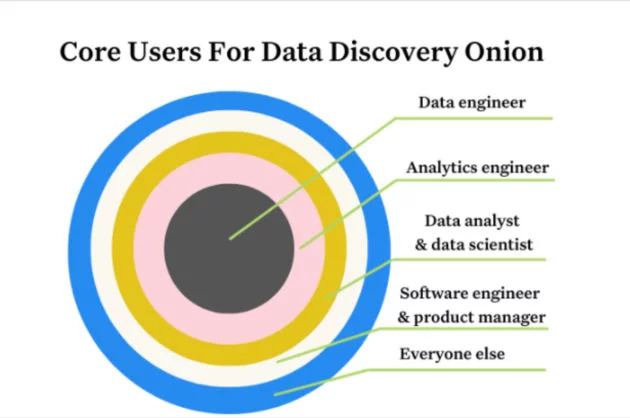5 ETL Best Practices You Shouldn’t Ignore

A botched ETL job is a ticking time bomb, nestled within the heart of your data infrastructure, waiting to detonate a whirlwind of inaccuracies and inconsistencies.
Mastering ETL best practices can help you defuse this bomb if it already exists or allow you to avoid unknowingly placing it altogether.
What’s ETL?
ETL, which stands for Extract, Transform, Load, is the process of extracting data from various sources, transforming it into a usable format, and loading it into a destination system for analysis and reporting.
By implementing robust error handling, ensuring data quality, optimizing performance, promoting collaboration among teams, and adhering to a well-structured, documented, and consistent process, you’ll accomplish your mission to consolidate data without the chaos.
Table of Contents
So, let’s take a look at some of those ETL best practices.

1. Handle ETL errors
Handling errors now, during the ETL process, avoids costly downstream problems like incorrect analytics or misguided business decisions.
The typical approach to error handling includes:
- logging errors and exceptions for post-mortem analysis
- notifying the appropriate personnel through email alerts or other notification systems
- implementing retry logic to handle transient errors
- having fallback strategies like moving erroneous data to a separate error table for later analysis
- employing version control so that changes are tracked and the process can be rolled back to a previous state if necessary
Use monitoring and analytics tools to track error rates, and where possible, automate error correction so that common or anticipated errors are handled without manual intervention.
2. Ensure data quality
We can’t talk about ETL best practices without talking about data quality.
High-quality data is crucial for accurate analysis and informed decision-making. So, even if there are no errors during the ETL process, you still have to make sure the data meets the requisite quality standards.
There are several key practices to accomplish this:
- Before embarking on the ETL process, it’s essential to understand the nature and quality of the source data through data profiling. This way you can identify inconsistencies, errors, and missing values that need to be addressed.
- Data cleansing is the process of identifying and correcting or removing inaccurate records from the dataset, improving the data quality. This step might involve removing duplicate data, correcting typos and inaccuracies, and filling in missing values.
- Validation checks are then employed to ascertain that the data aligns with predefined standards before it’s ushered into the target system. This could include format checks, range checks, and other domain-specific validations.
- Implement monitoring and reporting mechanisms to track data quality metrics over time.
- Couple continuous monitoring with a culture of continuous improvement to ensure that the ETL process remains effective and that data quality remains high.
Data observability tools like Monte Carlo are pivotal for ETL processes as they provide real-time monitoring and alerting on data anomalies and inconsistencies. Learn more about data observability →
3. Optimize ETL performance
Reducing data latency, minimizing resource usage, and ensuring timely data availability for analysis are ETL best practices that are essential to facilitate better data-driven decision-making. Here are some key tactics to optimize ETL performance:
- execute multiple ETL tasks in parallel to utilize system resources efficiently and reduce the overall processing time
- instead of reloading the entire dataset, only process and load the new or changed data since the last ETL run
- create indexes on the source and target databases to speed up data retrieval and loading operations
- partition large datasets into smaller chunks to improve processing speed and manageability
- simplify and optimize transformation logic to reduce processing time. Avoid complex joins and nested queries whenever possible
- use buffering to read and write data in batches rather than row-by-row, which can significantly improve performance
- allocate adequate resources such as memory and CPU to the ETL process, and prioritize critical ETL tasks
- compress data during transfer to reduce network latency and improve performance
- optimize SQL queries by avoiding unnecessary columns in SELECT statements, using WHERE clauses to filter data early, and utilizing database-specific performance features
- use caching to store intermediate results and avoid redundant calculations or data retrieval operations
Always be on the lookout for ways to optimize the code for better performance.
4. Promote collaboration among teams
The journey of data from extraction to loading often traverses through various departments and systems, making a shared understanding among all stakeholders imperative.
A collaborative ethos fosters:
- adherence to consistent standards and practices across the organization.
- quicker identification and resolution of errors. Different perspectives can often shed light on elusive issues.
- effective communication that’s essential for coordinating ETL tasks, managing dependencies, and ensuring that everyone is aware of schedules, downtimes, and changes.
- increased vigilance in maintaining thorough documentation and metadata.
- collaborative decision-making in selecting and utilizing ETL tools that meet the needs of all stakeholders and are used effectively.
- alignment with organizational compliance requirements and governance policies, which is crucial for managing risks associated with data handling.
Promoting a culture of collaboration is one of those ETL best practices that not only enhances the efficiency and effectiveness of these processes but also contributes to a more data-driven and agile organization overall.
5. Adhere to a well-structured, documented, and consistent process
A well-structured ETL process is akin to having a well-laid out roadmap. By delineating the steps, you ensure that each is executed accurately and efficiently. This minimizes the chances of errors, facilitates troubleshooting, and ensures that the data flow is logical and coherent.
Documentation is the compass that navigates stakeholders through the intricacies of the process. It provides a detailed account of the data sources, transformations, loading procedures, error handling mechanisms, and more.
Consistency in the ETL process ensures that data is handled in a uniform manner, regardless of when or where the process is executed. It establishes standard practices, naming conventions, and error handling protocols that are adhered to across the board.
Adhering to a well-structured, documented, and consistent process significantly reduces the learning curve for new team members, reduces the resources required to manage the ETL process, and facilitates compliance with regulatory requirements.
Supercharge ETL best practices with data observability
These ETL best practices are the first rungs of the ladder towards mastering your data. However, as your company’s data needs grow and your pipelines become more complex, to ascend to the next ladder of data excellence, you’ll need to make the leap to data observability.
Data observability tools like Monte Carlo offer a lucid view into every nook and cranny of your data infrastructure, deploying ML-powered anomaly detection to automatically detect, resolve, and prevent incidents.
Ready to leap to the next level of data management prowess? Our seasoned team is here to guide you through implementing robust data observability practices tailored to your unique data landscape. Fill out the form below to start a conversation with us. Your data pipelines will thank you.
Our promise: we will show you the product.
 Product demo.
Product demo.  What is data observability?
What is data observability?  What is a data mesh--and how not to mesh it up
What is a data mesh--and how not to mesh it up  The ULTIMATE Guide To Data Lineage
The ULTIMATE Guide To Data Lineage 





